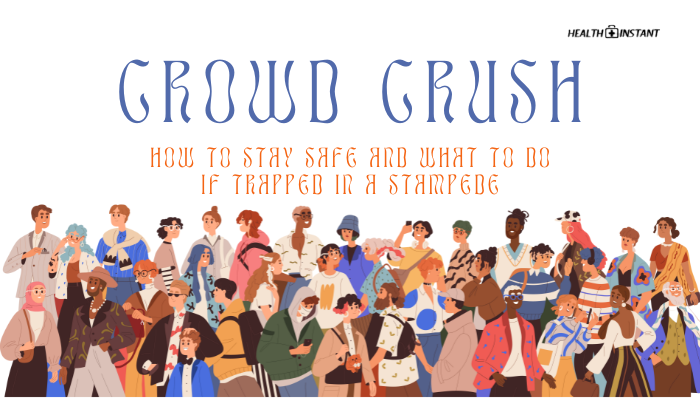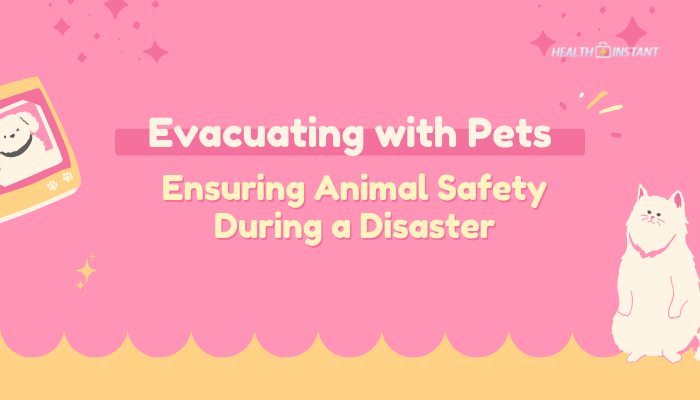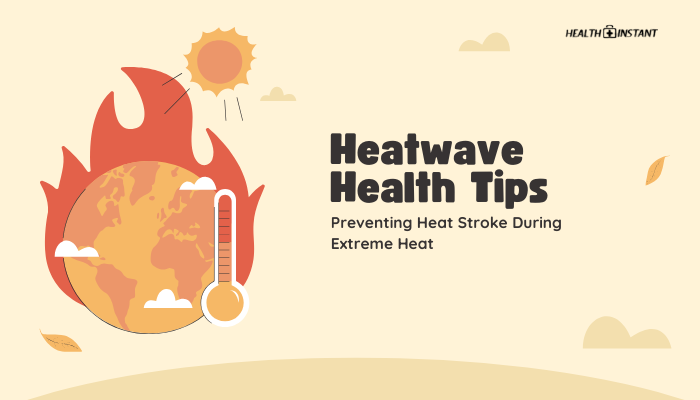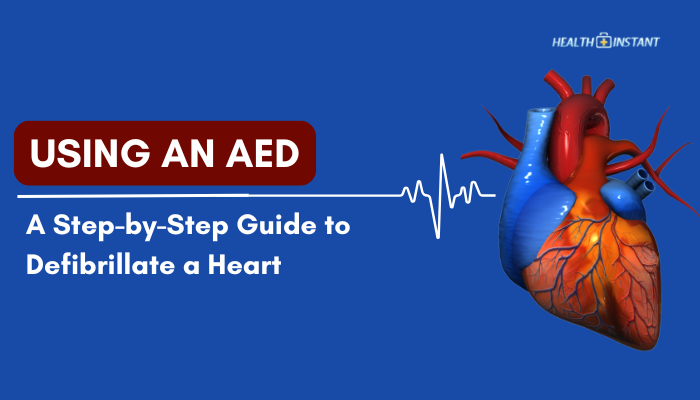Introduction
Large-scale events like concerts, religious gatherings, and sports matches can draw massive crowds. While the atmosphere can be electric, it also carries risks of overcrowding and stampedes. In extreme cases, a crowd crush can inflict severe injuries or even fatalities. By knowing how to read the environment, maintaining awareness, and having a plan if things turn chaotic, you protect your well-being—and possibly help others—when space suddenly becomes tight and panic sets in.
Understanding Crowd Crush and Stampedes
- Crowd Crush: Happens when people in a dense gathering push toward an area, intensifying pressure so that individuals can’t breathe or move freely.
- Stampede: Often triggered by sudden panic or a real/perceived threat, causing large groups to move rapidly.
- Common Causes: Overcapacity venues, inadequate exits, no crowd control, or unexpected events (e.g., fires, loud noises).
Prevention partly depends on safe event planning. But if you find yourself within a large crowd, personal strategies can minimize danger.
Preventive Measures Before Entering a Crowd
- Know the Venue Layout
- Identify exits, emergency routes, and less-congested areas.
- Identify exits, emergency routes, and less-congested areas.
- Arrive Early
- Secure a spot that allows easier movement or near an exit if you’re prone to anxiety.
- Secure a spot that allows easier movement or near an exit if you’re prone to anxiety.
- Avoid Peak Areas
- Middle of a tightly packed front section can be most hazardous; consider staying near walkways or corners with lower density.
- Middle of a tightly packed front section can be most hazardous; consider staying near walkways or corners with lower density.
- Dress Appropriately
- Wear comfortable shoes; avoid items that can easily be grabbed or cause you to trip.
Signs of a Potential Crowd Surge
- Tight Congestion: If you feel pushed or pinned from multiple directions, the density is too high.
- Limited Mobility: Struggling to move your arms freely can signal danger.
- Increased Anxiety/Agitation: People shouting, pushing, or climbing can be an early indicator of chaos.
- Unclear Exits or Blocked Pathways: Raises panic if something triggers a mass exit.
Recognizing these signs early lets you reposition, find an exit, or maintain distance from the epicenter.
Staying Safe Within the Crowd
- Stay Calm
- Panicking raises your heart rate, can cause fainting or poor decision-making.
- Panicking raises your heart rate, can cause fainting or poor decision-making.
- Leave if Possible
- Gradually move diagonally to the periphery, not against the main flow.
- Gradually move diagonally to the periphery, not against the main flow.
- Hands Up
- Keep them near your chest with elbows slightly out; it creates breathing room and helps you maintain balance.
- Keep them near your chest with elbows slightly out; it creates breathing room and helps you maintain balance.
- Feet Placement
- Keep your feet about shoulder-width for stability. If something falls, don’t try to pick it up in a dense crowd—risk of being knocked down is high.
What to Do If You’re Trapped in a Stampede
- Protect Your Chest and Airway
- Use your arms to guard your ribcage. Oxygen is your priority.
- Use your arms to guard your ribcage. Oxygen is your priority.
- Go with the Flow
- Resist fighting the crowd’s momentum; moving in the same direction decreases chances of falling.
- Resist fighting the crowd’s momentum; moving in the same direction decreases chances of falling.
- Stay on Your Feet
- If you stumble, try to quickly get up or tuck into a protective position.
- If you stumble, try to quickly get up or tuck into a protective position.
- Yell for Help
- If pressed or injured, shouting can alert those around you to adjust or assist.
- If pressed or injured, shouting can alert those around you to adjust or assist.
- Help Others if Feasible
- If someone falls near you, consider helping them up—but only if you can do so without endangering yourself.
Helping Others While Protecting Yourself
- Form Human Chains
- Linking arms with nearby friends helps keep individuals from getting separated or knocked down.
- Linking arms with nearby friends helps keep individuals from getting separated or knocked down.
- Focus on Children or At-Risk Individuals
- Shield small kids or older people from direct pressure if possible.
- Shield small kids or older people from direct pressure if possible.
- Signal Security or Staff
- If staff or security are visible, notify them about overcrowding or potential hazards.
After Escaping a Crush or Stampede
- Assess Injuries
- Check yourself or companions for bruises, sprains, or more severe harm. Seek immediate care if necessary.
- Check yourself or companions for bruises, sprains, or more severe harm. Seek immediate care if necessary.
- Offer Aid
- If you’re trained in first aid, help others who might be unconscious or injured until professional help arrives.
- If you’re trained in first aid, help others who might be unconscious or injured until professional help arrives.
- Report
- Provide your account to authorities; your info can assist in post-incident evaluations and safety improvements.
Conclusion
In large crowds, risk of crush or stampede events demands vigilance. By positioning yourself wisely, staying calm if the crowd surges, and using established strategies like keeping arms up or moving diagonally, you can reduce the likelihood of being injured or trampled.
Recognizing early warning signs (like intensifying pressure) also lets you exit before panic escalates. Preparation and knowledge transform potentially lethal crowd scenarios into more manageable situations, saving not just your own life but possibly others’ as well.
References
- Occupational Safety and Health Administration (OSHA). (2020). Crowd management safety guidelines for retail and public events.
- World Health Organization (WHO). (2019). Mass gatherings: health and safety recommendations.
- National Fire Protection Association (NFPA). (2018). Standards for crowd safety in events.
- The Event Safety Alliance (ESA). (2021). Guidelines for large public gatherings.
Disclaimer: This guide is for general safety insights. Always follow local venue rules, staff directions, and official security guidelines in crowd events.







